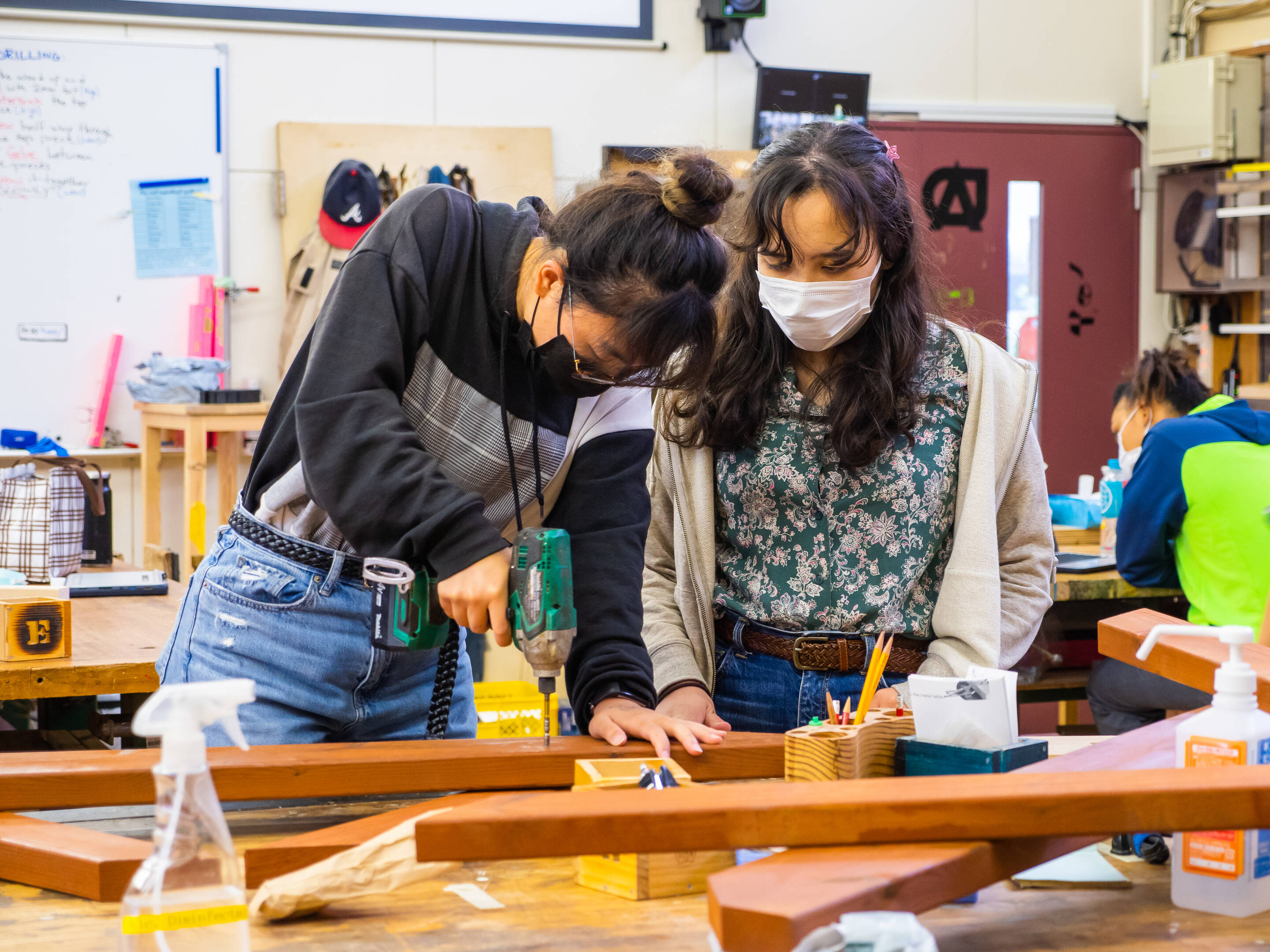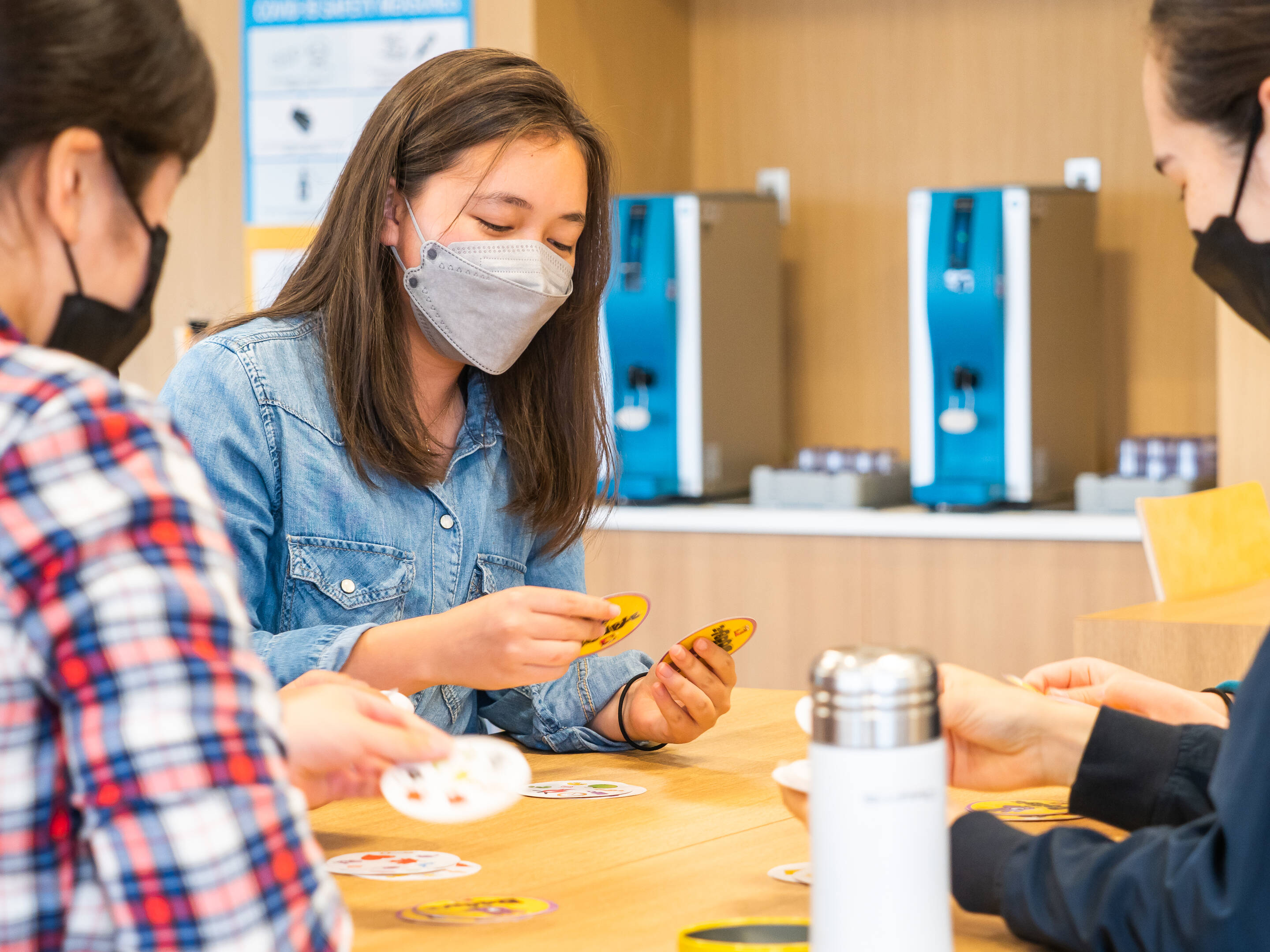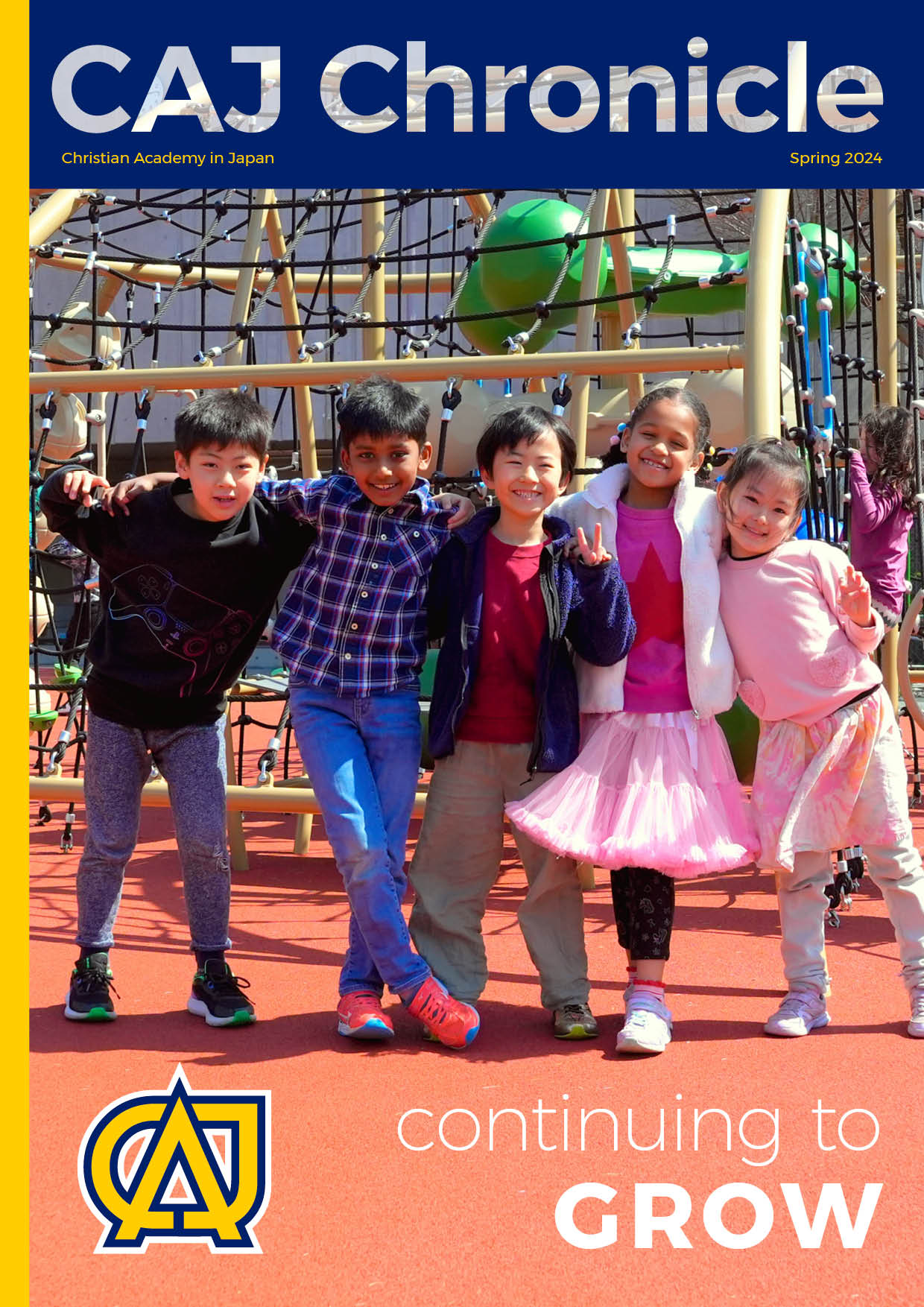Productive Collaboration in High School Clubs
05/16/2022 09:37
Keith Kelleth

Student clubs have been a part of CAJ high school for the last few years and have become a place where students can connect with their classmates without the pressure of lessons and assignments. Some of the clubs are more results-oriented than others, but all of them offer opportunities for students to come together to use their talents, skills, and interests collectively.
As the club coordinator, I have opportunities to visit each club and glimpse what is happening week to week. I get to see students teaching each other how to play a new game in the Board Games Club and experienced students in the Jazz Club teaching new members how to improve their instrument skills. The art room and industrial arts workshop are always lively with activity as students work together to create something new and beautiful. I am reminded of the practical skills and experiences students are learning as the Engineering Club creates innovative designs and the Business Club sells merchandise that its members have produced and marketed.

The clubs are almost entirely guided by the students; it is up to the students to plan out and conduct activities and make sure everyone is able to participate. While each club has a “leader,” the most successful clubs are the ones that really bring together all of the interests, skills, and personalities of the students in them. These clubs are often the places where members practice and value respect, creativity, flexibility, and constructive feedback–characteristics found in our student objective descriptors for “Productive Collaborators.”
Of course, our students are still learning how to become productive collaborators. It takes time and effort to improve collaboration skills. I appreciate how the low-risk environment of a club provides opportunities for our students to practice these skills. As students face different challenges while working together during club time, leaders and problem-solving strategies often emerge. By the end of each school year, many of these clubs succeed at producing a more close-knit, collaborative environment.

Student clubs have been a part of CAJ high school for the last few years and have become a place where students can connect with their classmates without the pressure of lessons and assignments. Some of the clubs are more results-oriented than others, but all of them offer opportunities for students to come together to use their talents, skills, and interests collectively.
As the club coordinator, I have opportunities to visit each club and glimpse what is happening week to week. I get to see students teaching each other how to play a new game in the Board Games Club and experienced students in the Jazz Club teaching new members how to improve their instrument skills. The art room and industrial arts workshop are always lively with activity as students work together to create something new and beautiful. I am reminded of the practical skills and experiences students are learning as the Engineering Club creates innovative designs and the Business Club sells merchandise that its members have produced and marketed.

The clubs are almost entirely guided by the students; it is up to the students to plan out and conduct activities and make sure everyone is able to participate. While each club has a “leader,” the most successful clubs are the ones that really bring together all of the interests, skills, and personalities of the students in them. These clubs are often the places where members practice and value respect, creativity, flexibility, and constructive feedback–characteristics found in our student objective descriptors for “Productive Collaborators.”
Of course, our students are still learning how to become productive collaborators. It takes time and effort to improve collaboration skills. I appreciate how the low-risk environment of a club provides opportunities for our students to practice these skills. As students face different challenges while working together during club time, leaders and problem-solving strategies often emerge. By the end of each school year, many of these clubs succeed at producing a more close-knit, collaborative environment.




